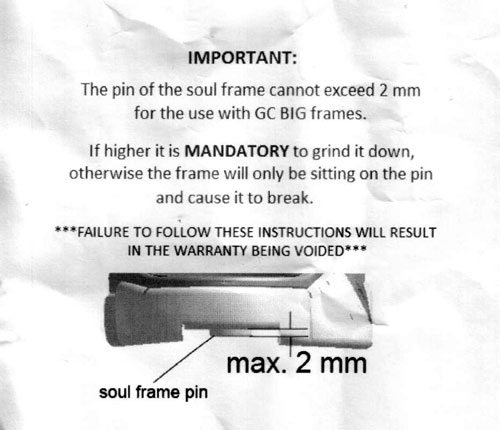Lots of folks are making stuff, but few are sharing recipes.
STLs or it didn't exist?
Open Element 2.0
A model akin to the Kizer Element 2.
Direct Link
https://www.thingiverse.com/thing:3964175
Method(s) Frame: CNC aluminum alloy; Grind Block: CNC UHMW; FDM ABS/PLA/Nylon/etc or SLS Nylon, Alumide.
License CC-BY-NC-SA
Salomon Souls

By Starscream/Claudio A. Sizes for 265/75/85mm boots: scale up or down manually for other sizes. Protects the original boot surfaces with minimal added ride height.
Direct Link https://www.thingiverse.com/thing:4025289
Method(s) SLS Nylon ...




